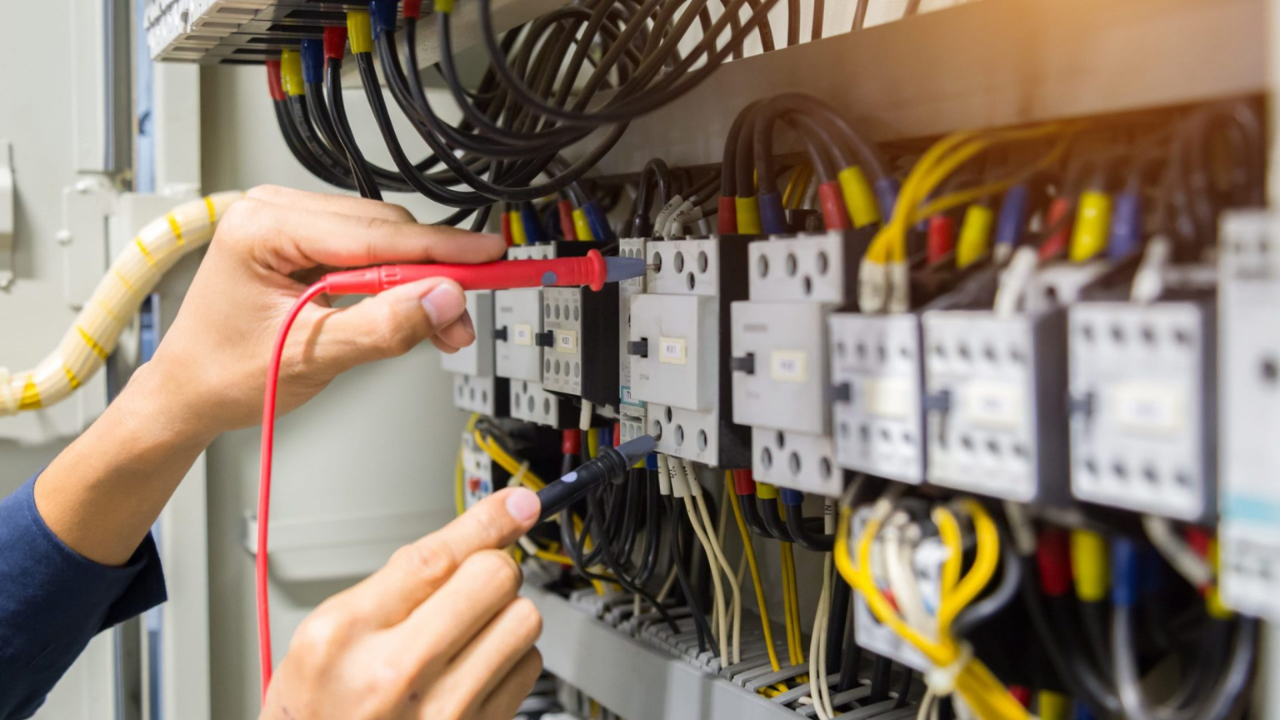In the intricate web of wires and circuits that power our homes and workplaces, adherence to electrical codes and regulations is crucial for safety and functionality. Electrical code violations not only pose potential hazards but also risk legal penalties and insurance complications. From improper wiring to inadequate grounding, these violations can lurk behind walls and outlets, unseen yet potent. In this guide, we’ll shed light on some common electrical code violations encountered in homes and businesses, and provide practical tips on how to identify and rectify them to ensure a safe and compliant electrical system. Additionally, we’ll explore the significance of the Domestic Electrical Installation Condition Report (EICR) in London, ensuring compliance with safety regulations and maintaining a safe living environment.
Domestic Electrical Installation Condition Report (EICR)
In London, ensuring the safety of domestic electrical installations is a priority for homeowners and landlords alike. The Domestic Electrical Installation Condition Report (EICR) is a comprehensive assessment of the electrical installations in a residential property, conducted by a qualified electrician. This report identifies any potential hazards or non-compliance issues, providing valuable insights into the safety of the property’s electrical system. For landlords, an EICR is a legal requirement, ensuring compliance with safety regulations and protecting tenants from electrical hazards. For homeowners, an EICR provides peace of mind, knowing that their home is safe and compliant with electrical standards. Regular EICR inspections are essential for maintaining a safe living environment and preventing electrical accidents.
1. Improper Wiring Methods
One of the most prevalent electrical code violations is the use of improper wiring methods. This includes using outdated wiring materials, such as knob-and-tube or aluminium wiring, which may no longer meet modern safety standards. Additionally, incorrect wiring techniques, such as improper wire splicing or insufficient insulation, can lead to electrical fires and other hazards.
How to Fix It: Replace outdated wiring with modern, code-compliant materials, such as copper wiring with proper insulation. Ensure all wiring is installed according to the manufacturer’s instructions and local electrical codes, and consider hiring a qualified electrician to perform any necessary rewiring.
2. Overloaded Circuits
Overloading electrical circuits by connecting too many devices or appliances to a single circuit is a common code violation that increases the risk of electrical fires and equipment damage. Overloaded circuits can lead to overheating, tripped breakers, and potential electrical shocks.
How to Fix It: Distribute electrical loads evenly across multiple circuits to prevent overloading. Consider installing additional circuits or upgrading your electrical panel to accommodate increased power demands, especially in areas with high electrical usage, such as kitchens and home offices.
3. Lack of Ground Fault Circuit Interrupters (GFCIs)
Ground Fault Circuit Interrupters (GFCIs) are essential safety devices designed to protect against electric shocks in areas where water is present, such as kitchens, bathrooms, and outdoor outlets. Failure to install GFCIs in these locations is a common code violation that can result in serious injury or death.
How to Fix It: Install GFCI outlets or circuit breakers in areas where required by electrical codes. GFCIs should be tested regularly to ensure proper functioning, and any malfunctioning devices should be replaced promptly.
4. Inadequate Grounding
Proper grounding is essential for electrical safety, yet inadequate grounding is a common code violation found in many homes and businesses. Without adequate grounding, electrical systems are vulnerable to power surges, equipment damage, and increased risk of electrical shock.
How to Fix It: Ensure that all electrical systems, including outlets, appliances, and service panels, are properly grounded according to electrical codes. Consult with a qualified electrician to inspect and correct any grounding deficiencies in your home or business premises.
5. Incorrect Outlet Installation
Improper installation of electrical outlets, such as installing them too close to water sources or using the wrong type of outlet for the application, is a common code violation that can lead to electrical shocks and fires.
How to Fix It: Install electrical outlets at a safe distance from water sources, such as sinks and baths, and use GFCI outlets in areas where water is present. Ensure that all outlets are installed securely and that wiring connections are made correctly to prevent loose connections and potential hazards.
6. Inadequate Access to Electrical Panels
Electrical panels that are obstructed or inaccessible due to storage, furniture, or other items are in violation of electrical codes. In the event of an electrical emergency or maintenance work, easy access to the electrical panel is essential for safety and compliance.
How to Fix It
Ensure that electrical panels are easily accessible and free from obstructions at all times. Avoid storing items in front of or around the electrical panel, and maintain a clear path to allow for safe operation and maintenance. For landlords seeking to ensure the safety and compliance of their rental properties, consider partnering with Landlord Certification. Their comprehensive Landlord Safety Certificates offer peace of mind by ensuring that your properties meet regulatory standards and are equipped with the necessary safety measures to protect tenants.
Conclusion
Addressing common electrical code violations is essential for maintaining a safe and compliant electrical system in your home or business. By identifying and rectifying these violations, you can mitigate potential hazards, ensure the safety of occupants, and avoid legal penalties. When in doubt, always consult with a qualified electrician to ensure that electrical work is performed safely and in accordance with applicable codes and regulations. With proactive measures and adherence to electrical standards, you can enjoy peace of mind knowing that your electrical system is safe, reliable, and code-compliant.
